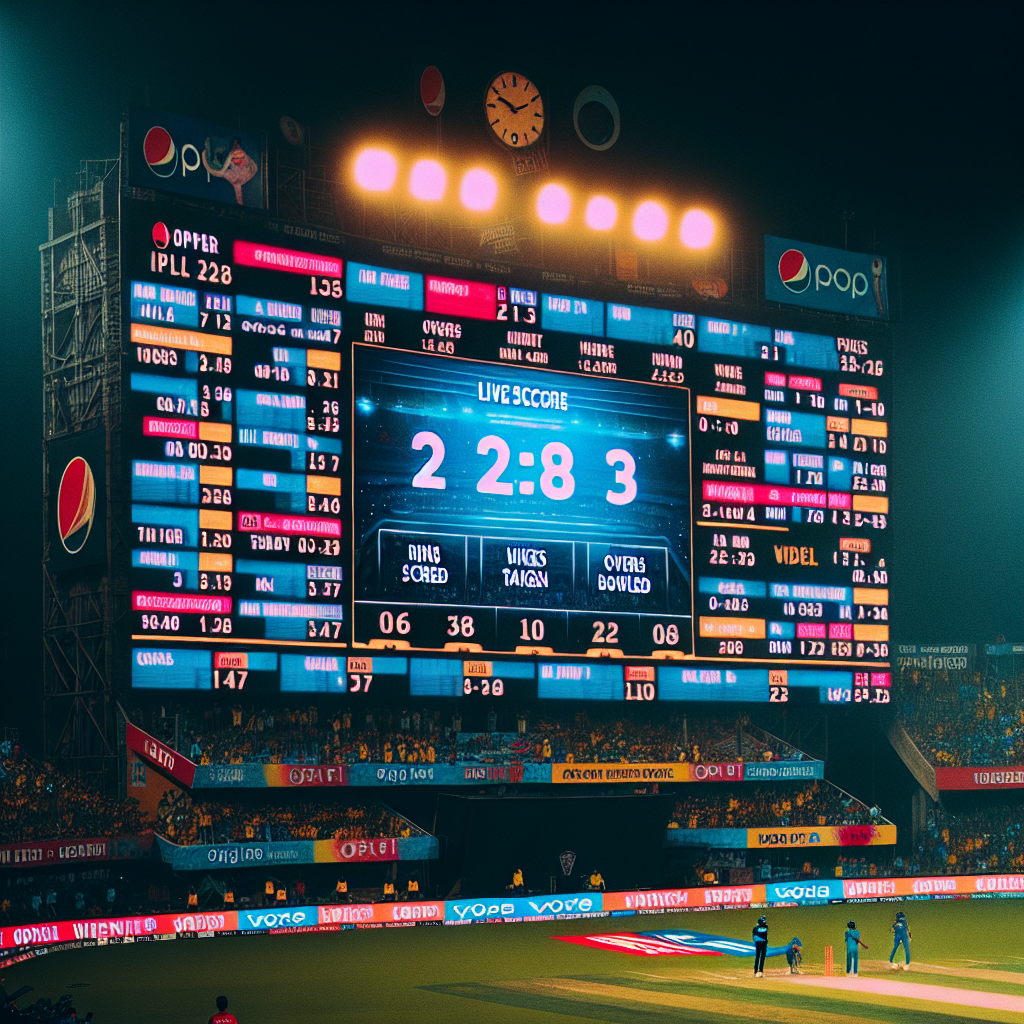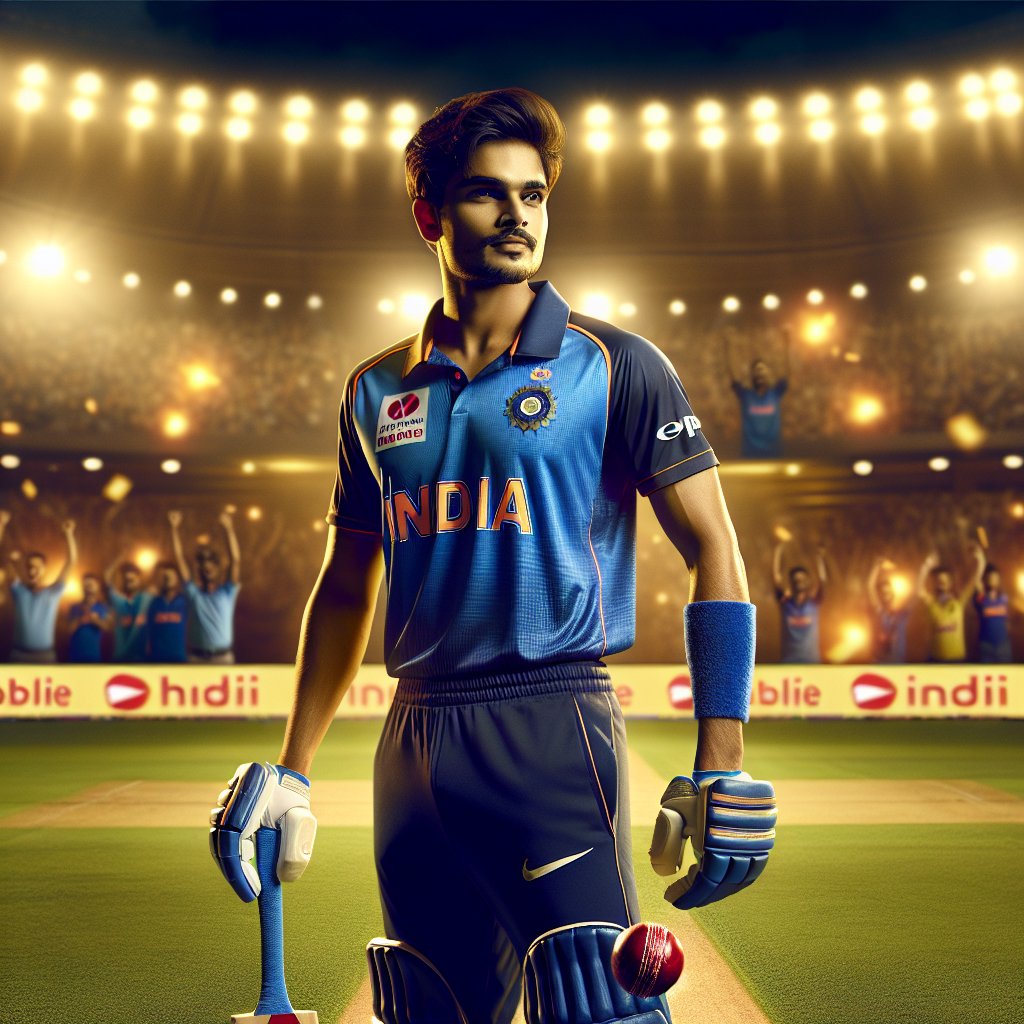
DC vs KKR 2021 Scorecard: A Comprehensive Analysis

The Indian Premier League (IPL) is one of the most celebrated cricket tournaments globally, attracting millions of fans and showcasing some of the best talents in the sport. The 2021 season was no exception, with thrilling matches and standout performances. Among these, the clash between Delhi Capitals (DC) and Kolkata Knight Riders (KKR) was particularly noteworthy. This article delves into the details of the DC vs KKR 2021 scorecard, analyzing the match’s key moments, player performances, and strategic decisions that shaped the outcome.
Match Overview
The DC vs KKR match took place on April 29, 2021, at the Narendra Modi Stadium in Ahmedabad. Both teams were in strong form, making this encounter highly anticipated. Delhi Capitals, led by Rishabh Pant, were looking to consolidate their position at the top of the table, while Eoin Morgan’s Kolkata Knight Riders aimed to climb the rankings with a crucial win.
Pre-Match Expectations
- Delhi Capitals were considered favorites due to their consistent performances and strong lineup.
- Kolkata Knight Riders were under pressure to perform, having had a mixed start to the season.
- The pitch at Ahmedabad was expected to favor batsmen, promising a high-scoring game.
First Innings: Delhi Capitals’ Batting Performance
Delhi Capitals won the toss and elected to bat first, a decision that aligned with the pitch conditions. The team aimed to set a challenging target for KKR, leveraging their strong batting lineup.
Key Performances
- Prithvi Shaw: Shaw delivered a spectacular performance, scoring 82 runs off just 41 balls. His aggressive batting set the tone for DC’s innings, with a strike rate of 200. His innings included 11 fours and 3 sixes, showcasing his ability to dominate the opposition.
- Shikhar Dhawan: Dhawan provided solid support with a steady 46 runs off 47 balls. His partnership with Shaw was crucial in building a strong foundation for the team.
- Rishabh Pant: The captain contributed with a quickfire 16 off 8 balls, ensuring the momentum was maintained in the latter stages of the innings.
Delhi Capitals finished their innings at 154/6 in 20 overs, setting a competitive target for KKR.
Second Innings: Kolkata Knight Riders’ Chase
Kolkata Knight Riders faced a challenging task, needing 155 runs to win. The team had a balanced mix of experienced players and young talent, making the chase an intriguing prospect.
Key Performances
- Shubman Gill: Gill played a crucial role at the top of the order, scoring 43 runs off 38 balls. His innings provided stability and kept KKR in the hunt.
- Nitish Rana: Rana’s contribution of 31 runs off 30 balls was vital in building partnerships and keeping the scoreboard ticking.
- Eoin Morgan: The captain led from the front with a match-winning knock of 47 runs off 40 balls. His calm and composed innings guided KKR to victory.
Kolkata Knight Riders successfully chased down the target, finishing at 156/3 in 18.5 overs, securing a 7-wicket victory.
Strategic Insights
The DC vs KKR match was not just about individual performances but also about strategic decisions that influenced the outcome. Here are some key insights:
Delhi Capitals’ Strategy
- DC’s decision to bat first was based on the pitch conditions, aiming to leverage their strong batting lineup.
- The team focused on an aggressive start, with Prithvi Shaw leading the charge. However, the middle order struggled to capitalize on the foundation laid by the openers.
- Bowling changes and field placements were crucial in attempting to defend the target, but KKR’s batsmen managed to find gaps and rotate the strike effectively.
Kolkata Knight Riders’ Strategy
- KKR’s approach to the chase was methodical, with a focus on building partnerships and maintaining a steady run rate.
- The team capitalized on DC’s bowling weaknesses, particularly targeting the spinners to accelerate the scoring.
- Eoin Morgan’s leadership was instrumental in guiding the team through tense moments, ensuring a calculated and successful chase.
Statistical Highlights
The DC vs KKR 2021 match was rich in statistics that highlighted the performances and strategies of both teams:
- Prithvi Shaw’s innings was one of the fastest fifties in IPL 2021, reaching the milestone in just 18 balls.
- KKR’s successful chase was marked by their ability to rotate the strike, with only 29 dot balls in their innings compared to DC’s 42.
- The match saw a total of 15 sixes, with both teams showcasing their power-hitting capabilities.
Conclusion
The DC vs KKR 2021 match was a thrilling encounter that highlighted the competitive nature of the IPL. Delhi Capitals showcased their batting prowess, with Prithvi Shaw’s explosive innings being a standout performance. However, Kolkata Knight Riders’ strategic chase, led by Eoin Morgan, ultimately secured them a well-deserved victory. The match underscored the importance of strategic planning, leadership, and execution in cricket, offering valuable insights for teams and fans alike. As the IPL continues to evolve, such matches serve as a testament to the tournament’s ability to deliver high-quality cricket and unforgettable moments.
















